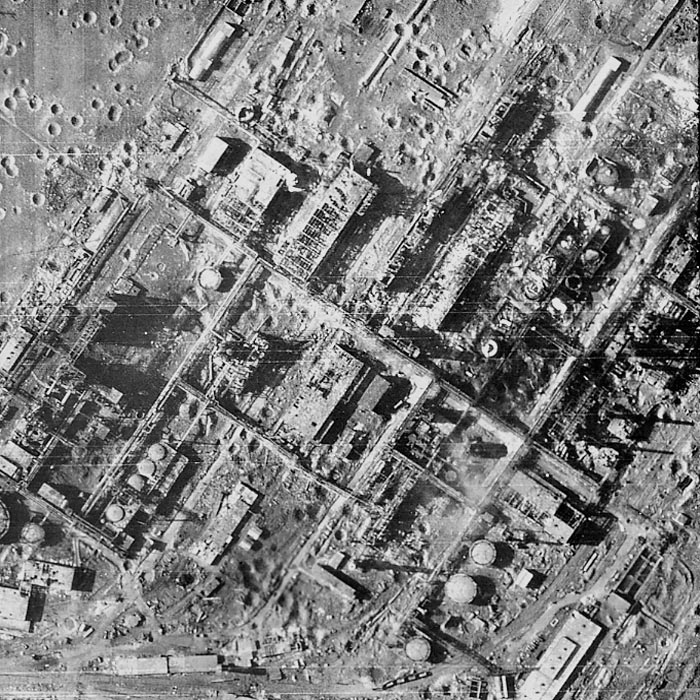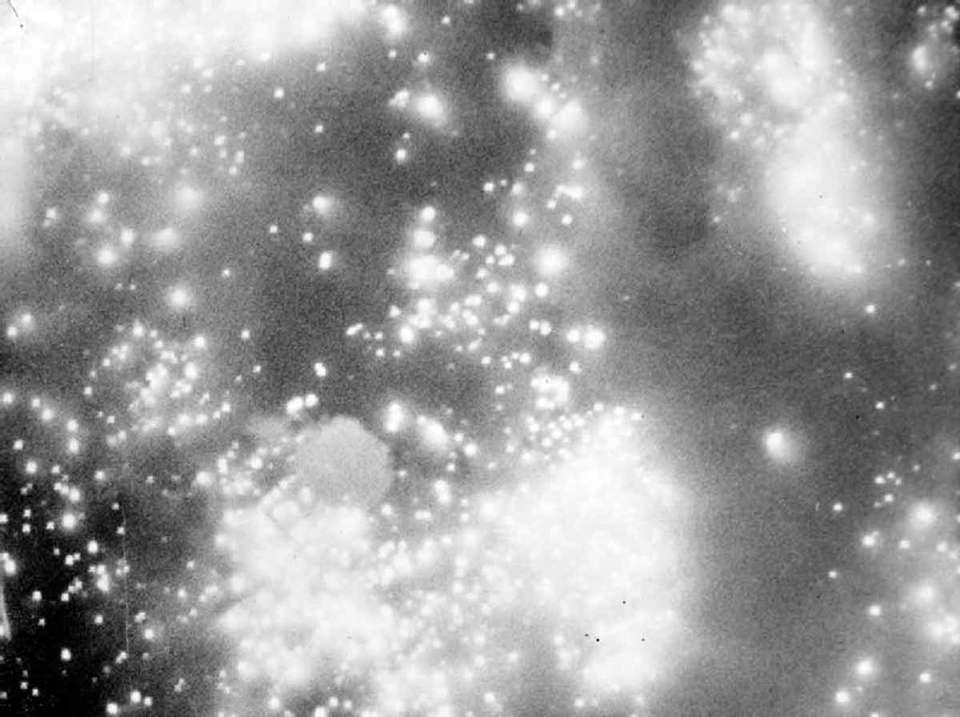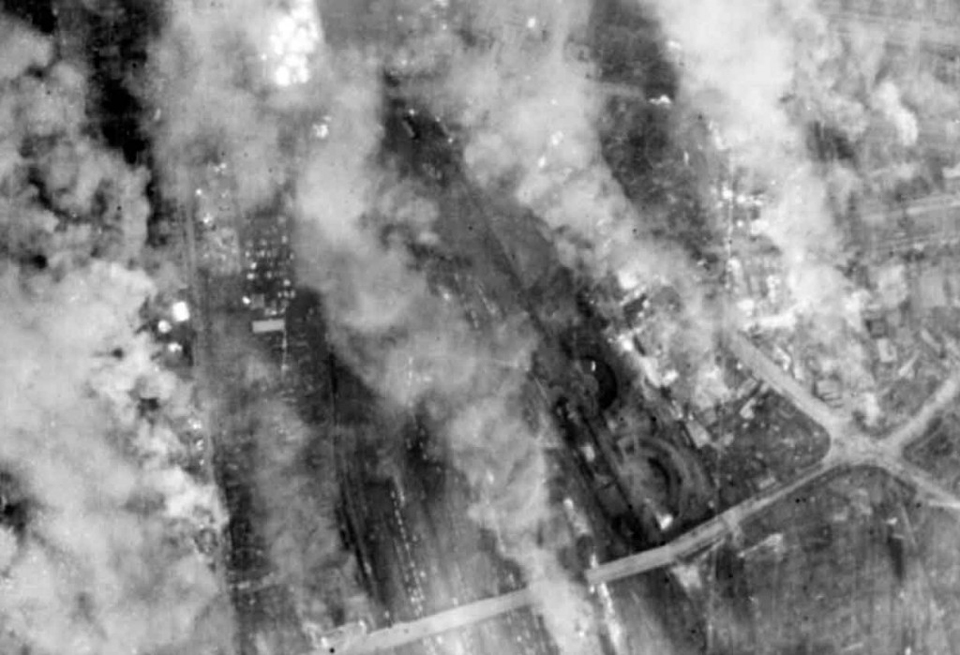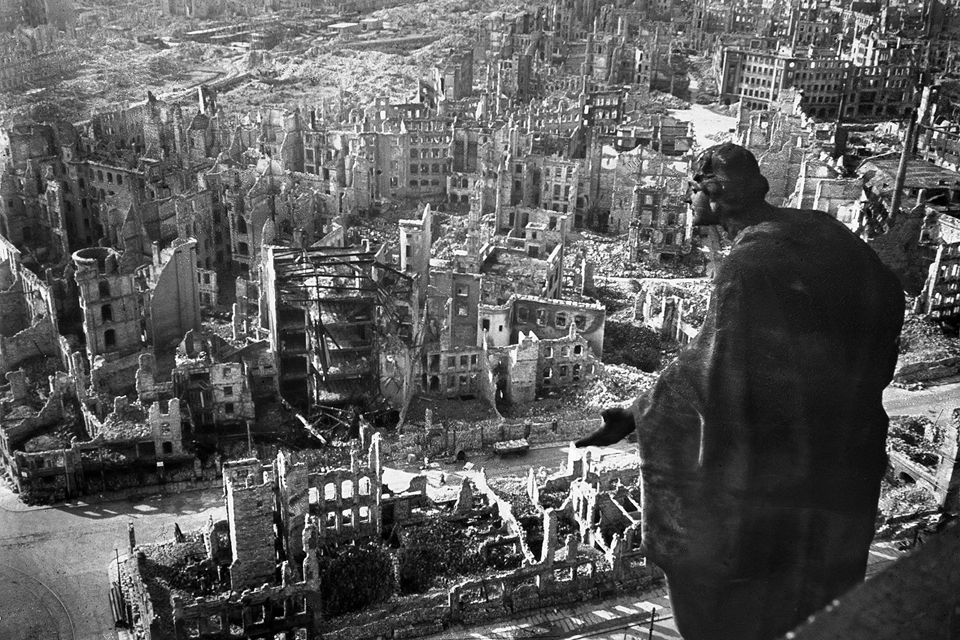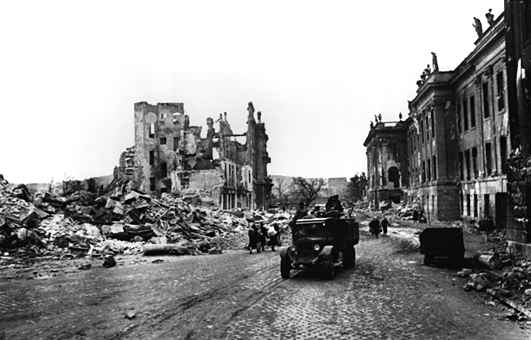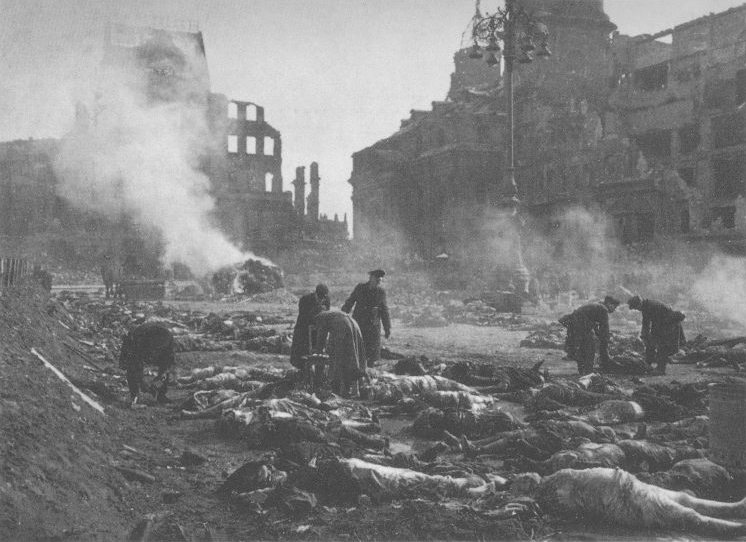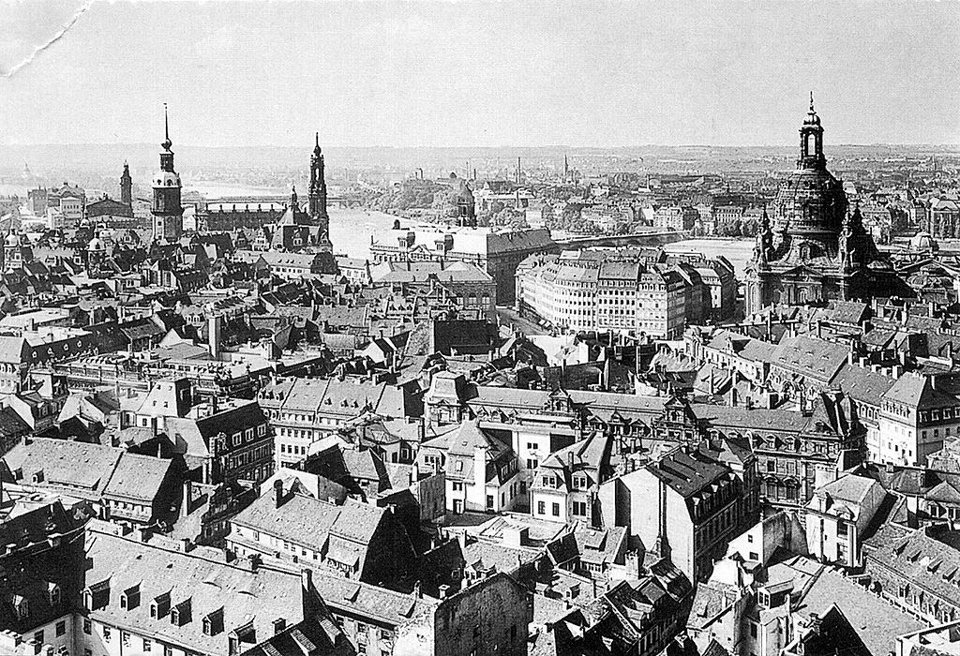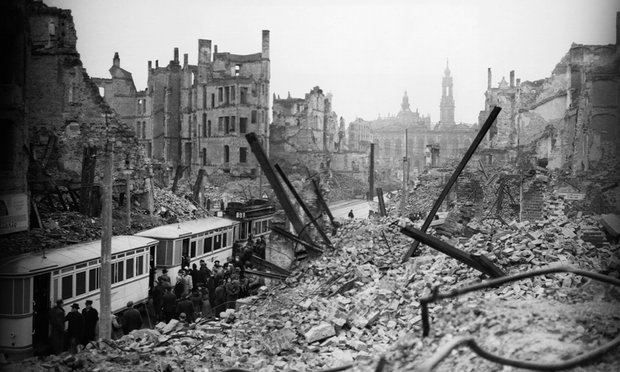Air Operations, Bonin and Volcano Islands
- 25 VII Bomber Command B-24s attack Iwo Jima.
- 10 B-24s attack Haha Jima.
- During the night, 5 VII Bomber Command B-24s conduct snooper raids against Iwo Jima.
Air Operations, CBI
BURMA- 70 10th Air Force fighter-bombers attack troops, supplies, and targets of opportunity at 8 locations.
- 19 fighter-bombers support Allied ground forces around Mongmit and Myitson.
- 16 fighter-bombers attack a bridge and a bypass bridge at Hay-ti.
- 341st Medium Bomb Group B-25s attack a locomotive works at Hsuchang.
- 14th Air Force fighter-bombers attack the airfields at Ichang and Sinyang, a bridge at Hsuchang, and rail lines between Hsuchang and Sinyang.
- An effort by 22nd, 43rd, and 90th Heavy Bomb Group B-24s, 40 345th Medium Bomb group B-25s, and 48 V Fighter Command P-51s to attack a Japanese Navy force of 2 battleships, 1 cruiser, and 3 destroyers, fleeing from Singapore to Japan via the South China Sea, is aborted in the face of bad weather, but USAAF and USN search planes continue to track the flotilla.
- 8 7th Heavy Bomb Group B-24s destroy a bridge near Kanchanaburi with Azon bombs.
Air Operations, Europe
Over the next 3 days in the most intense incendiary attacks of the war, RAF and US planes devastate the German city of Dresden in raids which have become synonymous with the term 'terror bombing'. On the night of the 13th there is a massive RAF attack on Dresden by 773 Lancaster bombers. This is followed up by daylight attacks by 8th Air Force on the 14th and 15th involving 600 planes altogether. The greatest damage is done in the RAF attack when the city, crowded with refugees from the Eastern Front, is devastated in a horrific fire storm. Various authorities give different figures for the number of casualties ranging from 30,000 dead to 200,000 dead. The best estimates suggest a figure around 70,000 is most accurate. The raid becomes very controversial because Dresden is not an important military target and has been a city of much historical interest.
In response to a specific Soviet request for bombing German communications, and in particular with regard to the Berlin-Leipzig-Dresden railway complex, US and British bombers attack Dresden. The Western Allied air authorities have decided that the bombing of the city will fulfil strategic objectives of mutual inportance to the Allies and the Soviets, and will satisfy the specific Soviet request presented to the Allies by Gen Antonov, Deputy Chief of the Soviet General Staff, to 'paralyze the junctions of Berlin and Leipzig'. More than 100,000 civilians will be killed in the air raids.
US 9th AIR FORCEGERMANY:
- More than 320 Air Division bombers attack two transportation depots, rail bridges at three locations, a defended town, and targets of opportunity.
- 9th Air Force fighter-bombers attack bridges at two locations.
ITALY:
- 12th Air Force B-25s attack bridges at four locations.
- XXII TAC P-47s mount nearly 350 effective sorties against marshalling yards at three locations and communications targets throughout northern Italy.
- During the night, XXII TAC A-20s and A-26s attack a bridge approach and targets of opportunity in the Po River valley.
AUSTRIA:
- 15th Air Force heavy bombers attack depots and railroad repair facilities around Vienna and marshalling yards at Graz and Matzleinsdorf.
- 15th Air Force fighter pilots are officially encouraged to attack rail targets, especially locomotives, following release from bomber-escort duty or during fighter sweeps over enemy territory.
- 15th Air Force heavy bombers attack a railroad repair depot at Maribor; marshalling yards at Maribor, Sarvar, and Zagreb; and dock facilities at pula.
Air Operations, Formosa
- 38th Medium Bomb Group B-25s bomb and strafe the Kagi airfield from very low level.
- 35th Fighter Group P-47s down 6 Ki-84 'Frank' fighters just off northern Formosa at 1345 hours.
Air Operations, Philippines
- FEAF B-24s attack Corregidor, especially coast artillery batteries.
- B-24s, V Bomber Command A-20s, and V Fighter Command P-47s attack Mariveles.
- 348th Fighter Group P-47s strafe barges carrying Japanese Army ground troops from Manila to Bataan and Corregidor.
- A-20s and P-47s attack targets of opportunity throughout the southern Bataan Peninsula.
- B-25s and fighter-bombers attack small ships off Luzon.
Burma
Gen Slim launches a new drive toward Meiktila to cut off Lt-Gen Heitaro Kimura's forces in the Mandalay area. The 7th Indian Div, IV Corps, begins the operation by crossing the Irrawaddy at Nyaungu. In the northern sector, the Japanese intensify their pressure on the bridgehead across the Shweli won by the 26th Bde of the British 36th Div. In the British XXXIII Corps sector, the 20th Indian Div extends its bridgehead over the Irrawaddy.
[Eastern Front
After a month and a half of bitter struggle, Rodion Malinovsky's 2nd Ukraine Front finally overcomes the last German defenses in Budapest. Pest surrendered on January 18, and now the defenders of Buda surrender also. The Russians capture 138,000 prisoners. Some units try to fight their way out to the positions of the German 8th Army, but only 7 officers and 120 men manage to escape but German sources put the amount at several hundred.
In Silesia the Russians advance northwest of Breslau, surrounding Glogau (Glogow) and capturing Beuthen (Bytom Odrzanski).
The Soviet advance from the Oder to the Neisse begins to gain momentum despite desperate German efforts. Bunzlau on the river Bober is captured.
HUNGARYThe German defense of Budapest ends, with German and Hungarian losses standing at 138,000 captured and 50,000 killed. It is another catastrophe for the Wehrmacht. The Soviet 2nd Ukrainian Front has lost 35,000 killed and 130,000 wounded, and the 3rd Ukrainian Front 45,000 killed and 109,000 wounded.[MORE]
[![]()
![]() |
| ![]()
![]() ]
]
Germany, Policy
Summary courts are established by Germany in the combat area for Wehrmacht and Waffen SS troops, with death sentences to be carried out 'normally by a firing squad, but in the case of particularly base scoundrels by hanging.'
[Italy
The Polish 3rd Carpathian Div and the Italian Friuli Group come under the command of the Polish II Corps, 8th Army.
[Pacific
Although the US submarine Sennet (SS-408) is damaged by gunfire from either of the Japanese guard boats No.8 Kotoshiro Maru or No.3 Showa Maru, south of Japane, she administers the coup de grace to No.8 Kotoshiro Maru after the enemy patrol craft had already been damaged by the US submarines Lagarto (SS-371) and Haddock (SS-231). Haddock then sinks No.3 Showa Maru previously damaged by the other two US submarines.
[Philippines
On Luzon fighting continues around Manila. American naval ships begin clearing the mines from the coastal waters and bombarding the Corregidor coasts in preparation for a landing. The 38th Div finally overcomes the Japanese defenses in the Zigzag Pass area. The 11th Airborne Div takes Cavite and completes the capture of Nichols airfield near Manila.
[Western Front
The British XXX Corps, Canadian 1st Army, continues fighting west of the Rhine in the sector between Emmerich, Calcar and Goch. The Canadian 3rd Div heads for Emmerich, the British 15th Div advances toward Calcar and takes Hasselt, and the 53rd Div gets the better of the final efforts of the German 84th Div, 1st Parachute Army, in the Reichswald.
A period of reduced activity begins for the III Corps of the US 1st Army. The corps takes up defensive positions on the west bank of the Rur and prepares for the attack on the German positions across the river.
Activity on the US 3rd Army Front also lessens, but some units of the XII Corps keep up their advance on Ammeldingen by the 80th Div and Ferschweiler by the 5th Div.
[RAF BOMBER COMMAND
Evening Ops:
OPERATION THUNDERCLAP
The Air Ministry had, for several months, been considering a series of particularly heavy area raids on German cities with a view to causing such confusion and consternation that the hard-stretched German war machine and civil administration would break down and the war would end. The general name given to this plan was Operation Thunderclap, but it had been decided not to implement it until the military situation in Germany was critical. That moment appeared to be at hand. Russian forces had made a rapid advance across Poland in the second half of January and crossed the eastern frontier of Germany. The Germans were thus fighting hard inside their own territory on two fronts, with the situation in the East being particularly critical. It was considered that Berlin, Dresden, Leipzig and Chemnitz - all just behind the German lines on the Eastern Front now - would be suitable targets. They were all vital communications and supply centres for the Eastern Front and were already packed with German refugees and wounded from the areas recently captured by the Russians. As well as the morale aspect of the attacks, there was the intention of preventing the Germans from moving reinforcements from the West to face the successful Russian advance. The Air Ministry issued a directive to Bomber Command , at the end of January. The Official History. describes how Winston Churchill took a direct hand in the final planning of Operation Thunderclap - although Churchill tried to distance himself from the Dresden raid afterwards. On 4 February, at the Yalta Conference, the Russians asked for attacks of this kind to take place, but their involvement in the process only came after the plans had been issued. So, Bomber Command was specifically requested by the Air Ministry, with Churchill's encouragement to carry out heavy raids on Dresden, Chemnitz and Leipzig. The Americans were also asked to help and agreed to do so. The campaign should have begun with an American raid on Dresden on 13 February but bad weather over Europe prevented any American operations. It thus fell to Bomber Command to carry out the first raid.
796 Lancasters and 9 Mosquitos are sent in two separate raids to Dresden and drop 1,478 tons of high explosive and 1,182 tons of incendiary bombs. The first attack is carried out entirely by No. 5 Group, using their own low-level marking methods. A band of cloud still remains in the area and this raid, in which 244 Lancasters drop more than 800 tons of bombs, is only moderately successful. The second raid, 3 hours later, is an all-Lancaster attack by aircraft of Nos. 1, 3, 6 and 8 Groups, with No. 8 Group providing standard Pathfinder marking. The weather is now clear and 529 Lancasters drop more than 1,800 tons of bombs with great accuracy. Much has been written about the fearful effects of this raid. Suffice it to say here that a firestorm, similar to the one experienced in Hamburg in July 1943, was created and large areas of the city were burned out. No one has ever been able to discover how many people died, but it is accepted that the number was greater than the 40,000 who died in the Hamburg firestorm and the Dresden figure may have exceeded 50,000. Bomber Command casualties are 6 Lancasters lost, with 2 more crashing in France and 1 in England.
311 American B-17s drop 771 tons of bombs on Dresden the next day, with the railway yards as their aiming point. Part of the American Mustang-fighter escort is ordered to strafe traffic on the roads around Dresden to increase the chaos. The Americans bomb Dresden again on the 15th and on March 2, but it is generally accepted that it was the RAF night raid which caused the most serious damage.
368 aircraft including 326 Halifaxes, 34 Lancasters and 8 Mosquitos of Nos. 4, 6 and 8 Groups attempt to attack the Braunkohle-Benzin synthetic oil plant at Bohlen, near Leipzig. Bad weather - 10/10ths cloud to 15,000ft with icing - is encountered and the marking and bombing are scattered. No post-raid photographic reconnaissance is carried out. 1 Halifax is lost.
In minor ops, 71 Mosquitos are sent to Magdeburg, 16 to Bonn, 8 each to Misburg and Nuremberg and 6 to Dortmund, and there are 59 Mosquito patrols and 64 RCM sorties. There are no losses.
Images from February 13, 1945
|
|
|
|
|
|
|
|
Civilians Killed by Japanese Troops |
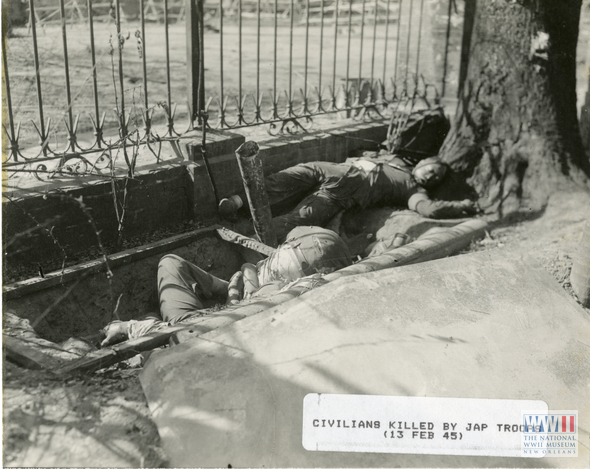 |
